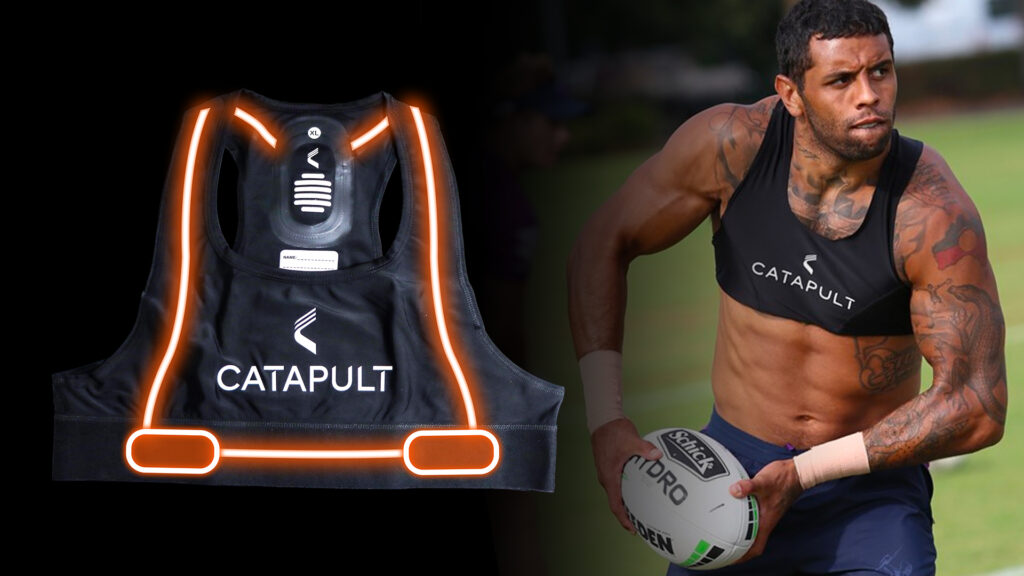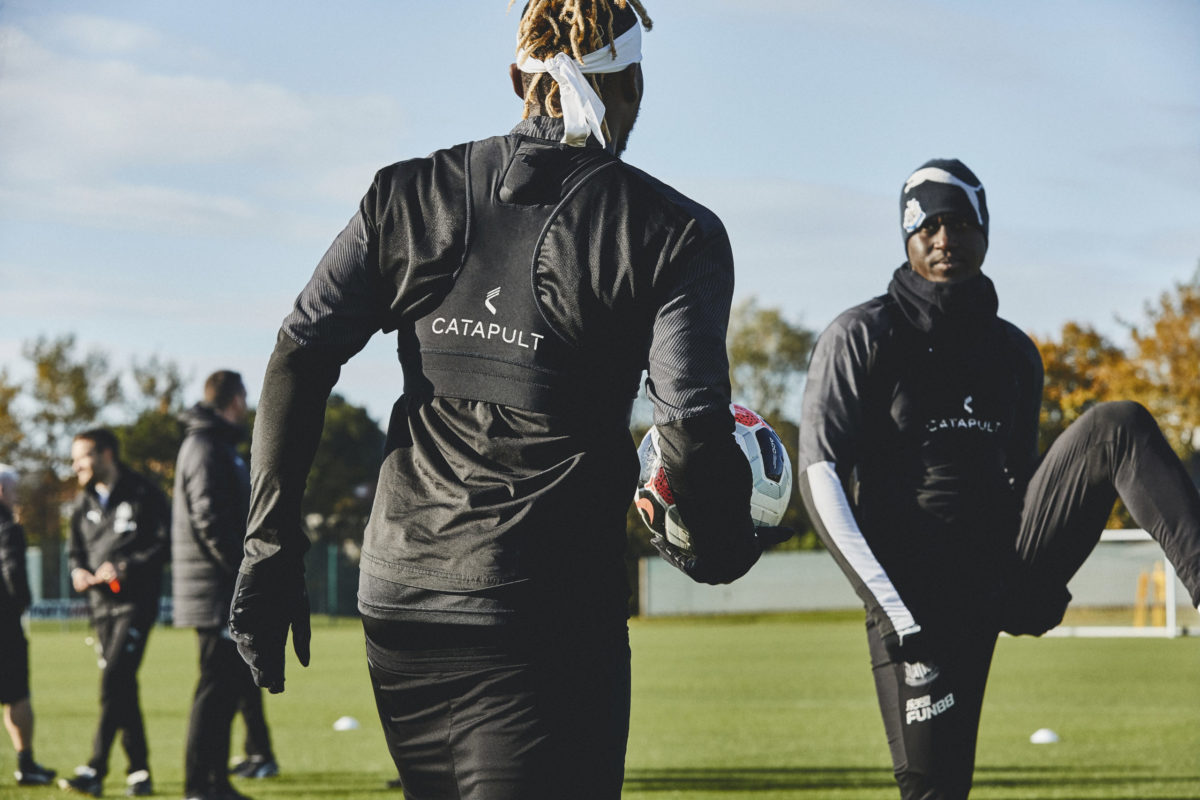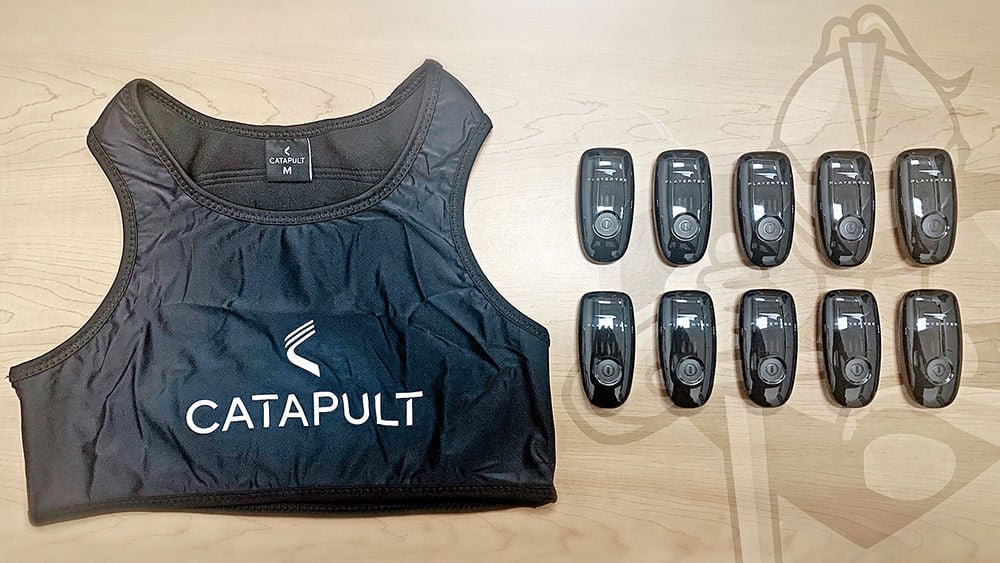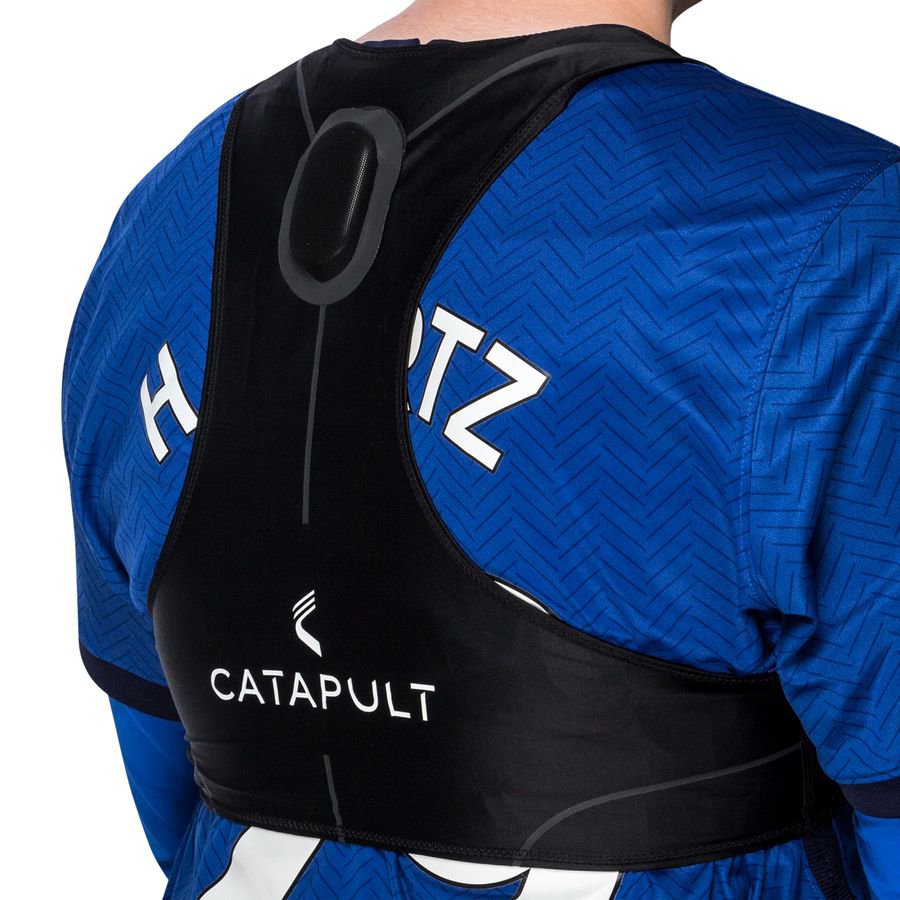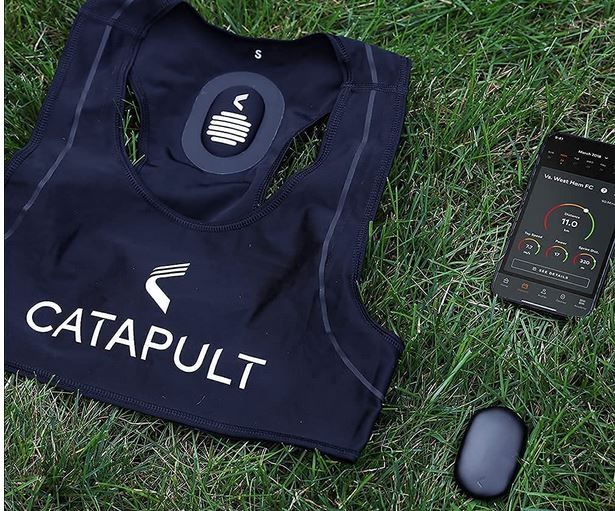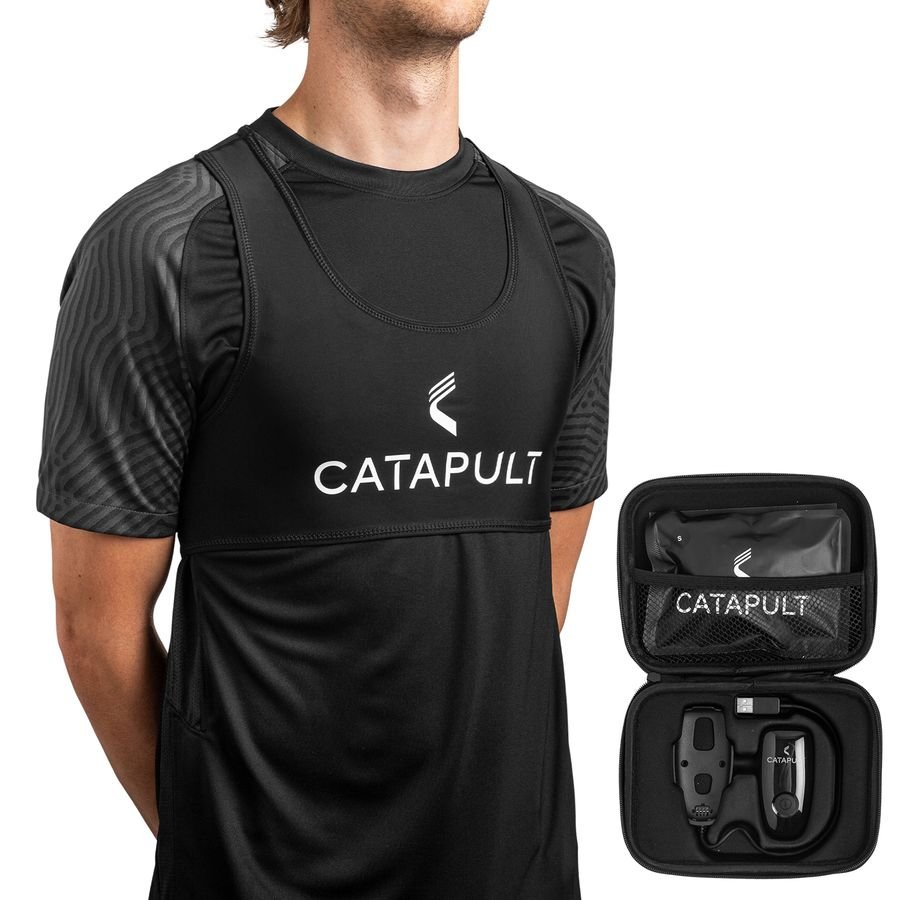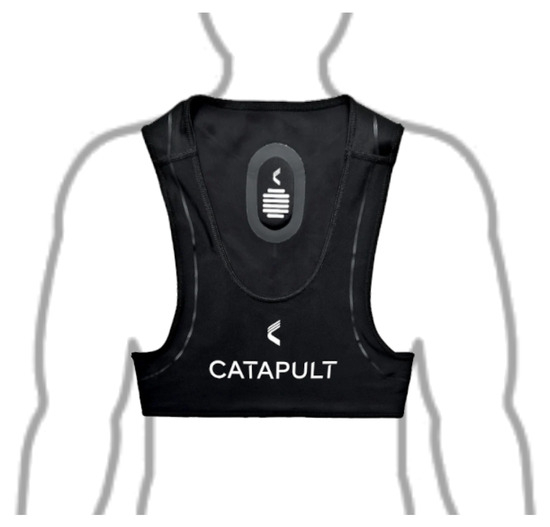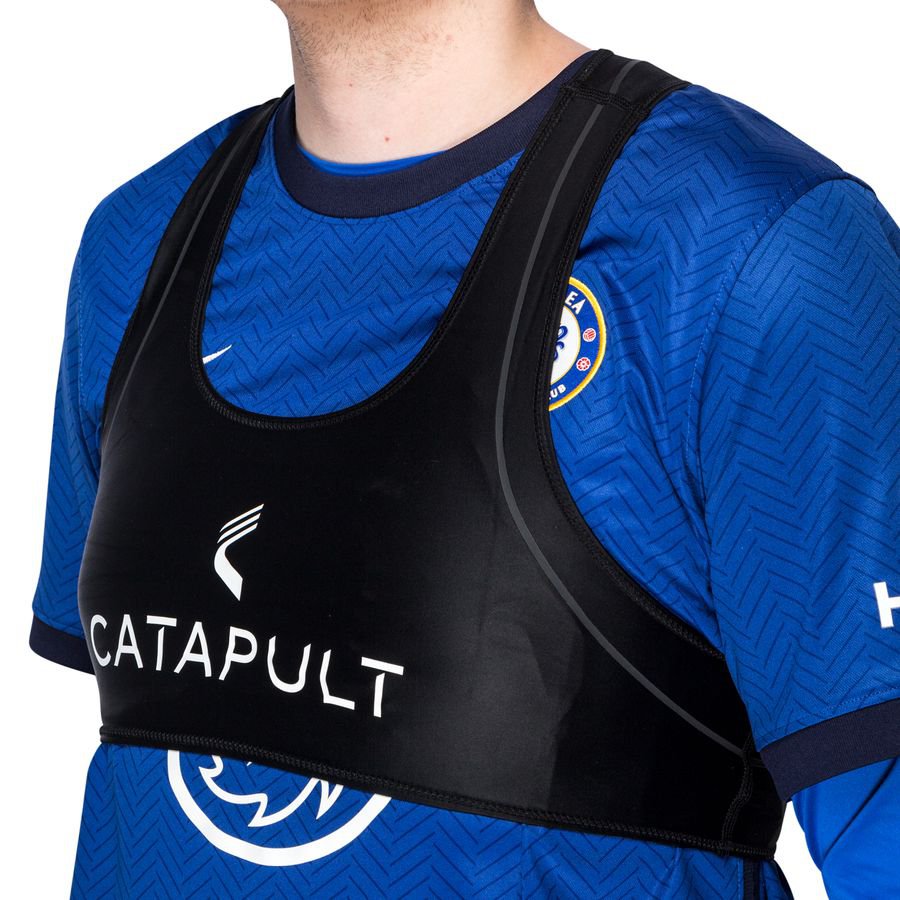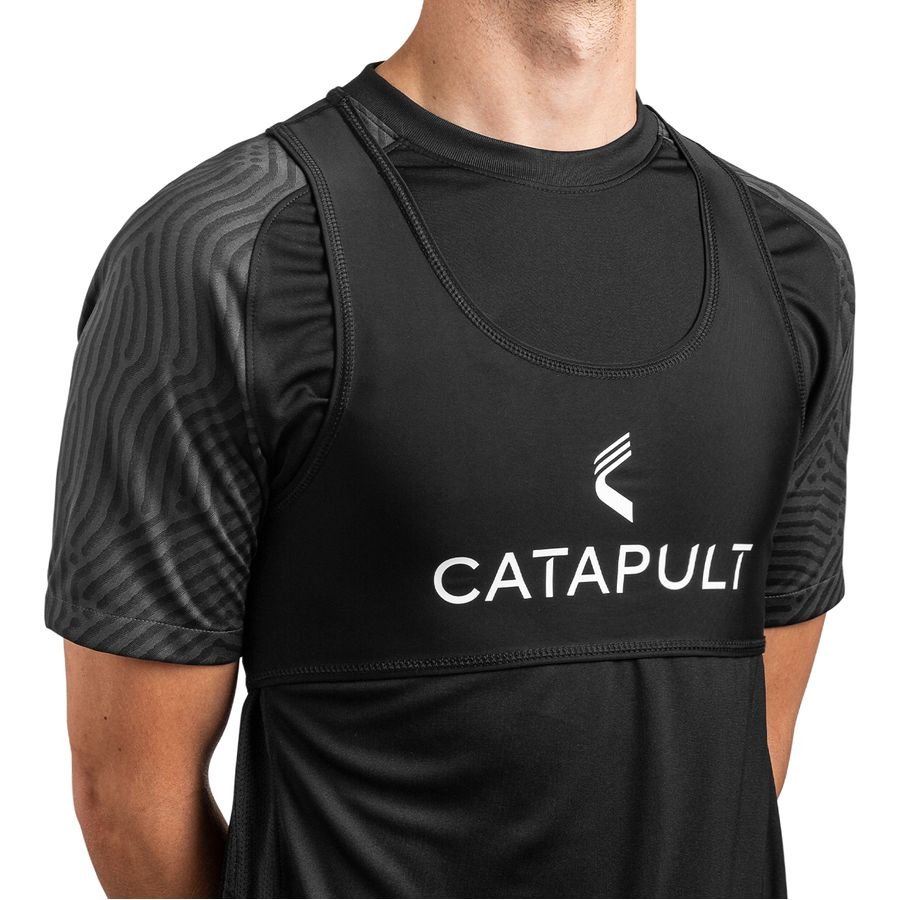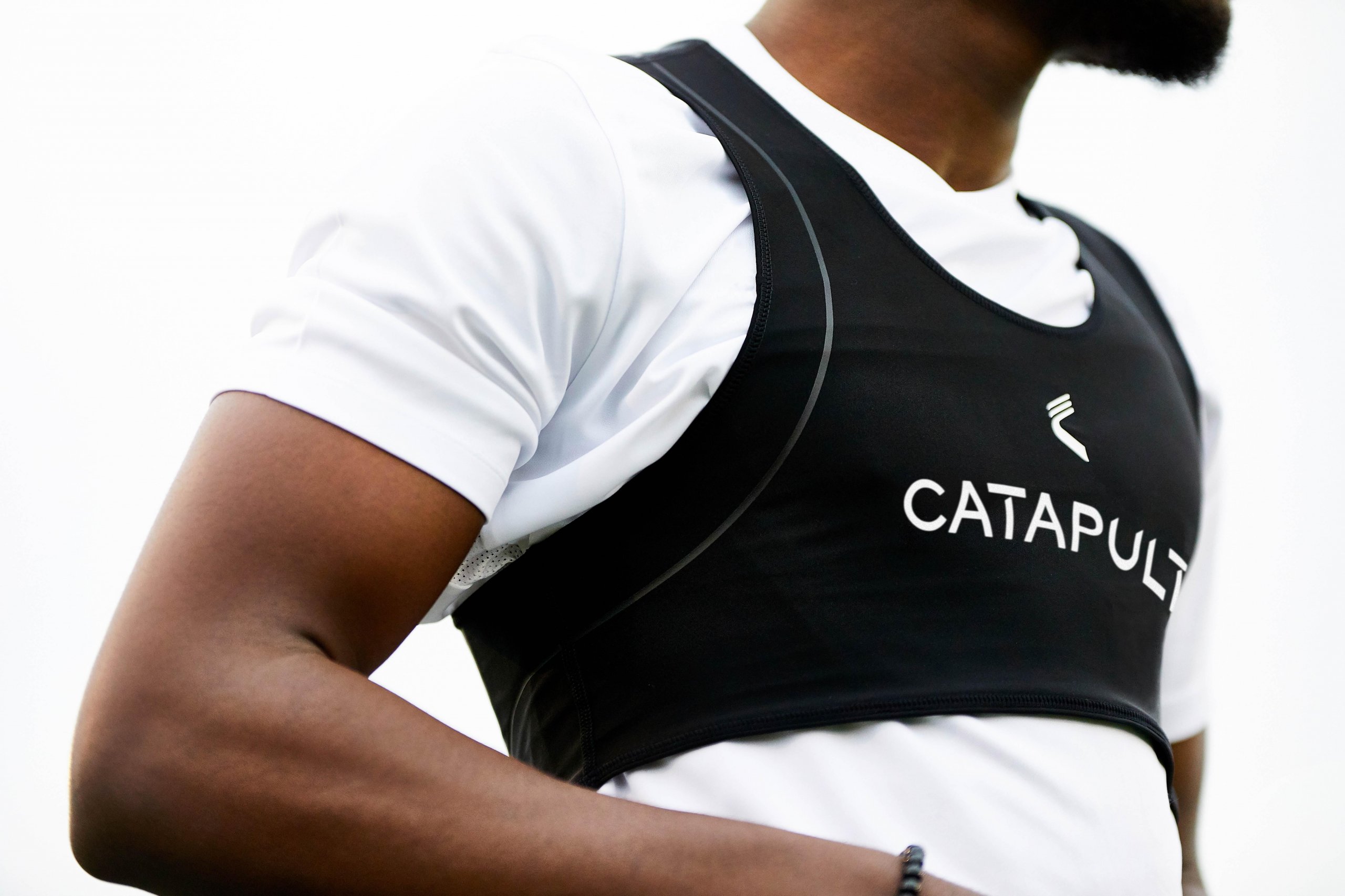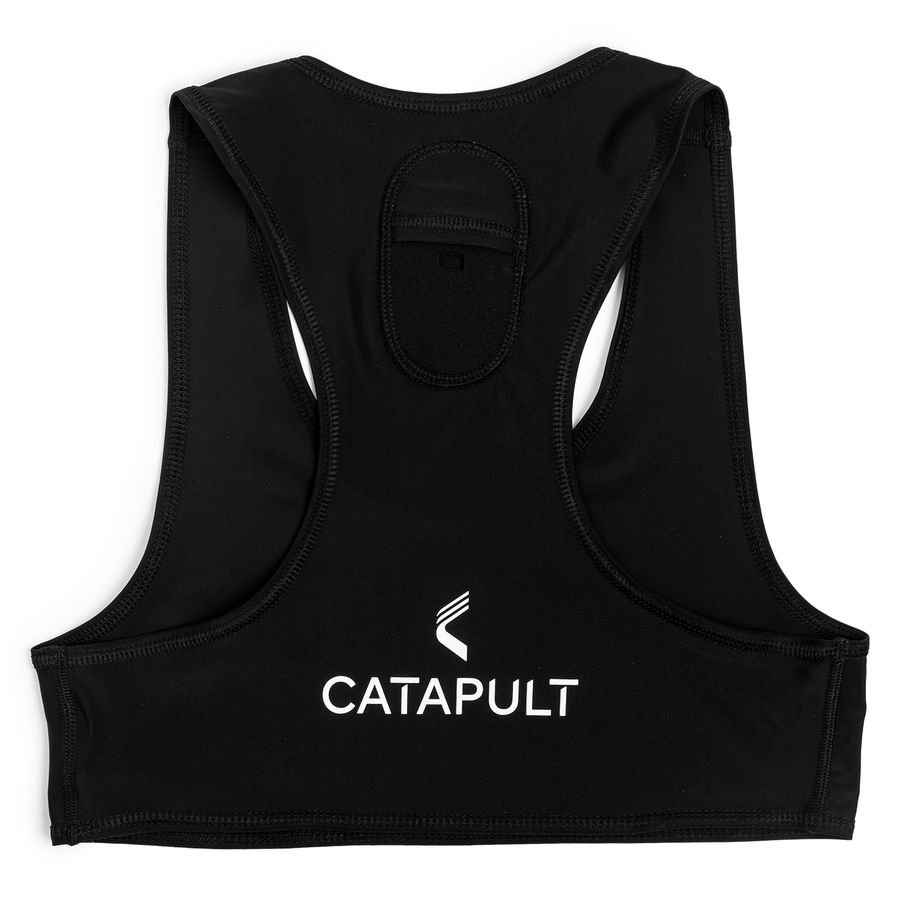What Does A Catapult Vest Do
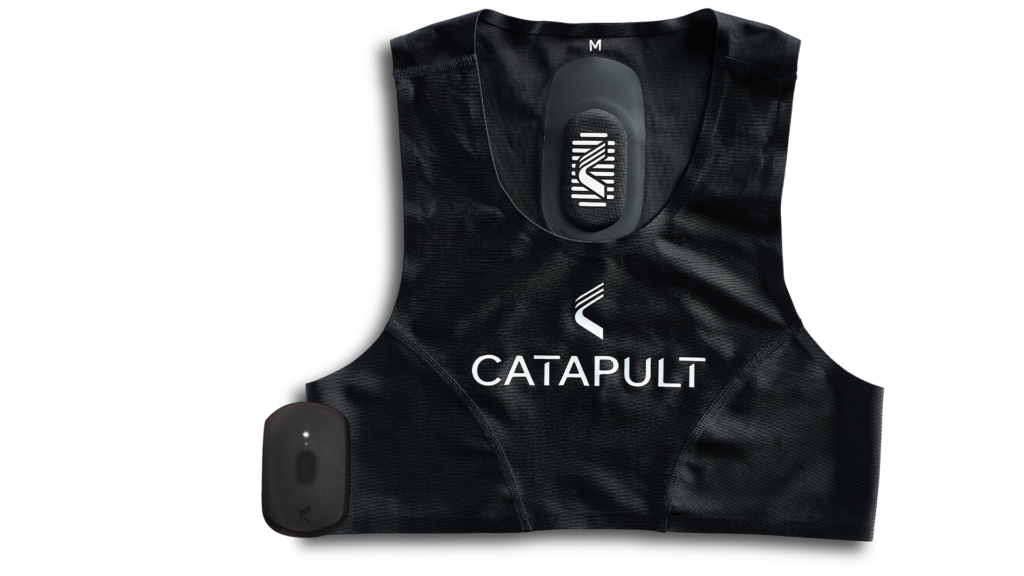
A novel approach to training and rehabilitation is gaining traction in the equestrian world: the catapult vest. This device, initially developed for horses, is now being adapted for use with other animals, including humans, to enhance proprioception and improve movement mechanics.
But what exactly does a catapult vest do? The answer lies in its unique design and application of resistance and assistance, aiming to improve athletic performance and aid in recovery from injuries.
Understanding the Catapult Vest: Core Functionality
At its core, a catapult vest is a wearable device designed to influence an animal's (or human's) movement patterns. It works by strategically applying resistance or assistance to specific muscle groups during activity.
This is achieved through a system of elastic bands or cords that connect various points on the vest, creating a tension network that interacts with the body's natural movement.
The concept behind the vest is based on the principles of proprioception, which is the body's ability to sense its position and movement in space.
By introducing controlled resistance or assistance, the vest enhances proprioceptive feedback, forcing the body to adapt and refine its movement patterns. This enhanced awareness can lead to improved coordination, balance, and overall athletic performance.
How It Works: Resistance and Assistance
The key to the catapult vest's effectiveness is its ability to provide both resistance and assistance. Resistance, applied during specific movements, challenges the muscles, forcing them to work harder and improve strength and endurance.
Conversely, assistance can help individuals complete movements they might otherwise struggle with, aiding in rehabilitation and promoting proper form.
The placement and tension of the elastic bands are carefully calibrated based on the individual's needs and goals. A qualified professional, such as a veterinarian, physical therapist, or certified trainer, is essential in determining the appropriate configuration.
The bands can be adjusted to target specific muscle groups, allowing for a customized training or rehabilitation program. For example, bands might be positioned to provide resistance during shoulder extension, or to assist with hip flexion.
Applications in Equestrian and Human Fields
The initial development of the catapult vest focused primarily on equine athletes, particularly racehorses and show jumpers. In horses, the vest is used to improve stride length, increase hind-end engagement, and enhance overall athleticism.
Dr. Hilary Clayton, a renowned veterinarian and expert in equine biomechanics, has been a prominent figure in the research and application of catapult vests for horses. Her work has demonstrated the vest's potential to improve performance and reduce the risk of injury.
More recently, the technology has been adapted for use in other animal species and in humans. In human applications, the catapult vest is being explored as a tool for rehabilitation, athletic training, and even for improving posture and balance in elderly individuals.
Physical therapists are using the vest to help patients recover from injuries such as ACL tears, rotator cuff injuries, and strokes. Athletes are utilizing it to enhance strength, power, and agility.
A study published in the Journal of Strength and Conditioning Research explored the effects of a catapult vest on vertical jump performance in basketball players. The results suggested that the vest could improve jump height and power output.
The device offers a non-invasive method to increase muscle activation and improve movement patterns, potentially preventing injuries and improving overall function.
Considerations and Future Directions
While the catapult vest shows promise in various applications, it's important to note that it's not a one-size-fits-all solution. The effectiveness of the vest depends on proper assessment, individualized fitting, and a well-designed training or rehabilitation program.
Incorrect use of the vest could potentially lead to injury or exacerbate existing conditions. Therefore, it's crucial to work with a qualified professional who has experience with the device and a thorough understanding of biomechanics.
Further research is needed to fully understand the long-term effects of catapult vest training and to optimize its application for various populations. Ongoing studies are investigating its potential to improve neurological function, enhance athletic performance, and aid in the rehabilitation of diverse conditions.
As the technology continues to evolve, we can expect to see more sophisticated versions of the catapult vest emerge, potentially incorporating sensors and real-time feedback to provide even more precise and personalized training and rehabilitation solutions.
The future might involve integrating the vest with virtual reality or augmented reality technologies to create immersive training environments that further enhance proprioceptive awareness and motor learning.
Conclusion
The catapult vest represents an innovative approach to influencing movement patterns by strategically applying resistance and assistance. While initially developed for horses, its application is expanding to include humans, with potential benefits in rehabilitation, athletic training, and overall well-being.
However, proper usage and professional guidance are crucial to ensure safety and maximize effectiveness. With ongoing research and development, the catapult vest has the potential to become a valuable tool for improving movement mechanics and enhancing human and animal performance.
It is not a magical solution but another tool for movement and health practitioners to further improve the conditions of their patients, and/or clients.
